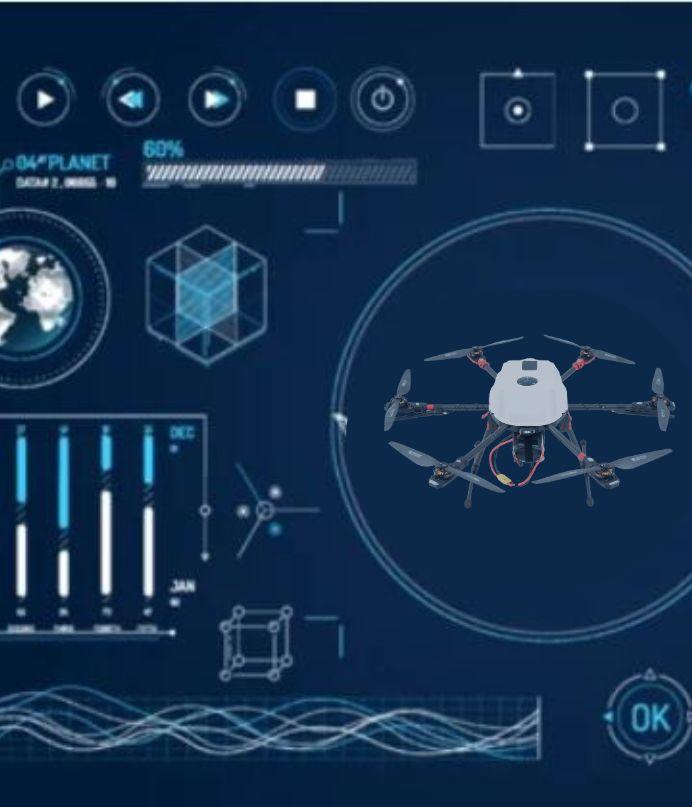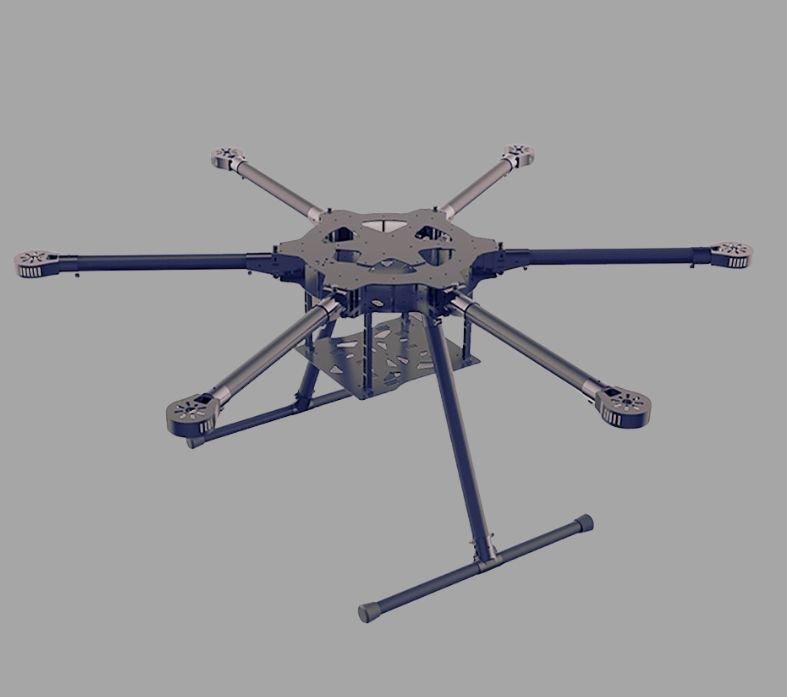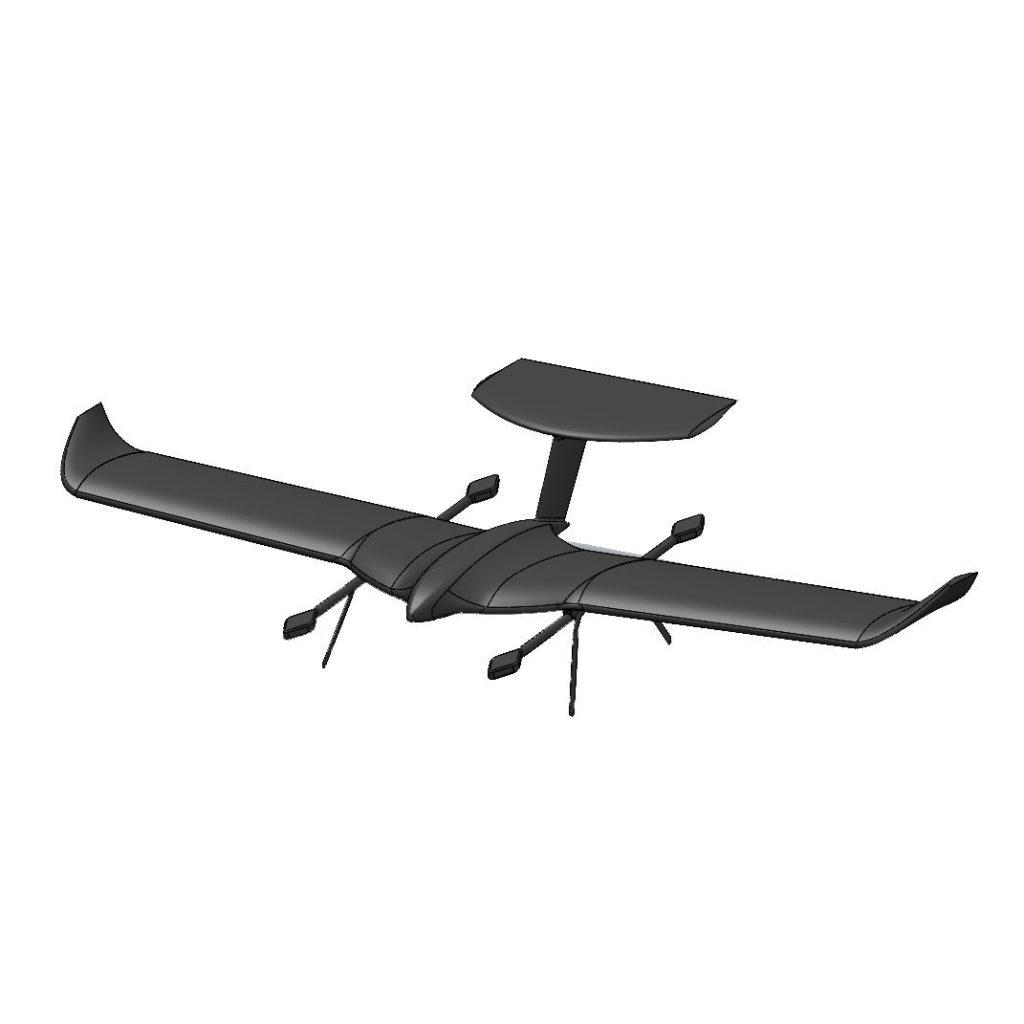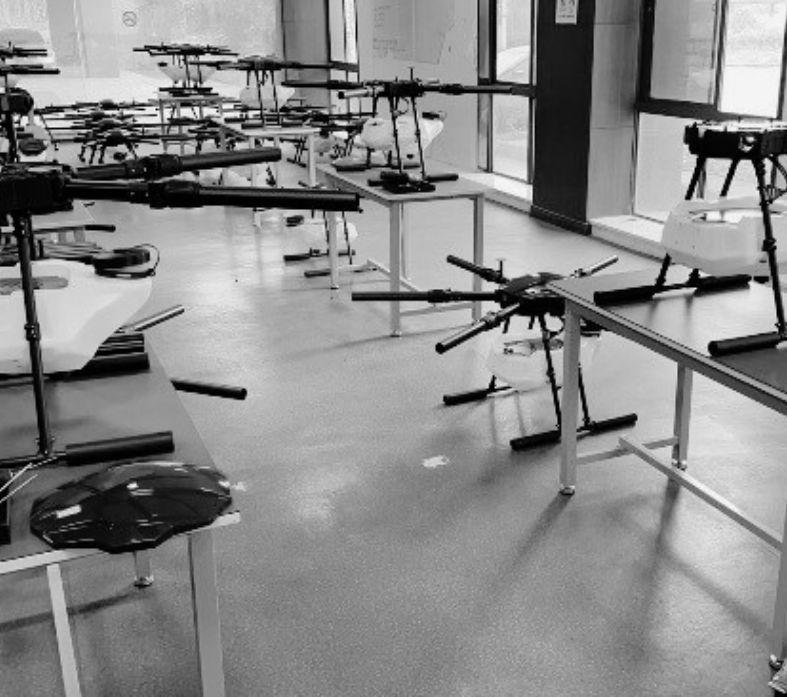Facility

Aewa for drone
operations
Software Used
Drone operation depends heavily on software, which offers a variety of features like flight control, mapping and surveying, imaging, autopilot, simulation, and fleet administration. With the help of our advanced software AEWA, drones can perform complex tasks such as inspection, search and rescue, agriculture, and delivery. The use of software also allows for automation and increased efficiency, as well as safer operation by enabling obstacle avoidance and other safety features.
Composite Manufacturing
Molds
Molds are essential to the production of drones. For drone parts like fuselages, wings, and propellers, accurate shapes and dimensions are produced using moulds. The use of molds in drone manufacturing allows for consistent production of parts with high accuracy, reducing errors and increasing efficiency. Molds can be made from various materials such as aluminium, steel, or composite materials, depending on the requirements of the part being produced. The manufacturing process typically involves creating a mold from a computer-aided design (CAD) file, and then using various techniques such as injection molding or compression molding to create the final part.


Carbon Fibre
Carbon fibre composites have numerous advantages in drone construction. Because of its malleability, carbon fibre sheets may be easily machined into a variety of shapes. Due to the large amount of carbon atoms in it, it has high tensile strength, stiffness, and low weight. It also has excellent chemical resistance, which extends its longevity. Lastly, carbon fibre composites represent the future of drone manufacturing as titanium, aluminium, and steel are gradually phased out.
Prototype
Prototyping is an important step in the development of drones because it allows designers and engineers to test and modify their designs before moving into full-scale production. 3D printing, CNC machining, and hand-built fabrication are all approaches for creating prototypes. After building a prototype, it can be tested and assessed to find any potential problems or areas for development. The testing data can then be utilised to enhance the design and create a final version of the drone that is optimal for performance, durability, and cost-effectiveness.


Machinery
Machining is a critical manufacturing technique in drone manufacture, notably for the creation of complicated or specialised components. Machining is the process of cutting, shaping, and forming raw materials such as aluminium, carbon fibre, or plastic using computer-controlled tools such as CNC routers, lathes, and mills. This enables the accurate, repeatable manufacture of drone parts with high accuracy and consistency.
Assembly line
Assembly lines are an essential component of the drone manufacturing process because they enable the efficient and standardised production of large numbers of identical or similar drone. Drones move from station to station along the assembly line, with each station adding another layer of functionality or complexity to the drone. The usage of assembly lines in drone manufacturing has aided in making drones more accessible and inexpensive to a wider range of people.


Design Shop
A typical surface treatment method in high-pressure die casting (HPDC) is chromating, which increases the corrosion resistance of aluminium components. The procedure entails covering the surface of the die-cast aluminium component with a thin layer of conversion coating. The procedure is commonly used to increase the performance and longevity of die-cast aluminium components in the automotive and aerospace industries.
Testing
Drone testing is an important phase in the development and deployment of drone technology. It entails evaluating many aspects of drone performance, such as flight stability, battery life, cargo capacity, and communication systems. Depending on the precise goals of the testing, testing might be performed in a controlled laboratory environment or in real-world conditions. Furthermore, testing can aid in ensuring compliance with regulatory criteria for drone operation, such as maximum altitude and flight time limits. Therefore, drone testing is an important step in assuring the safe and effective usage of drone technology.

